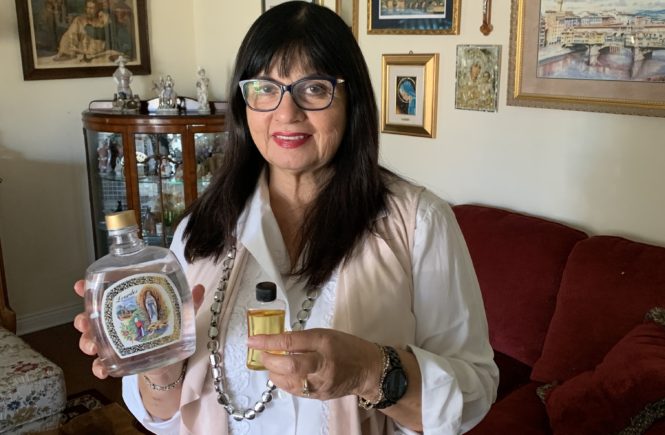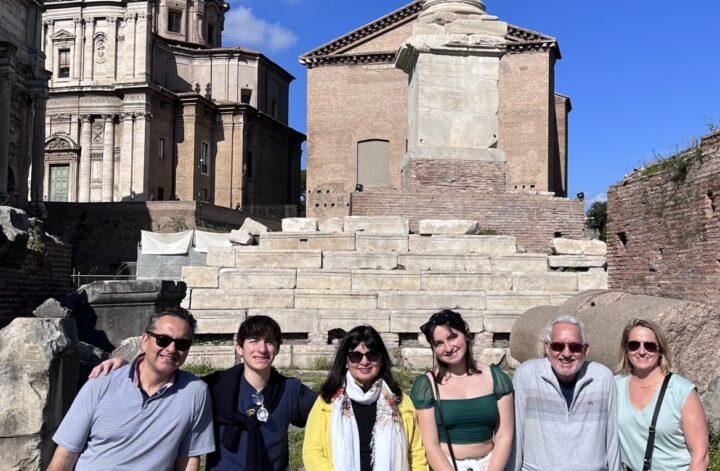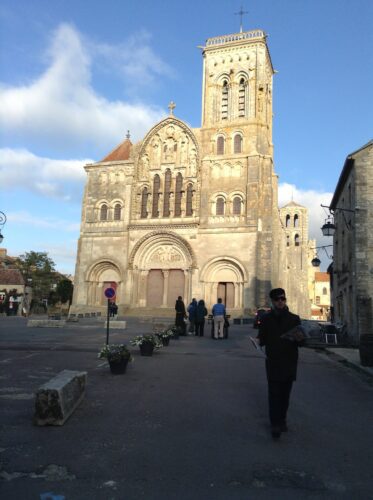
In 2015 I planned a pilgrimage for our Catholic Bible Study group. We wanted to visit places in Europe where the relics of Bible saints were. This adventure took us to the most unique, beautiful places throughout Spain and France.
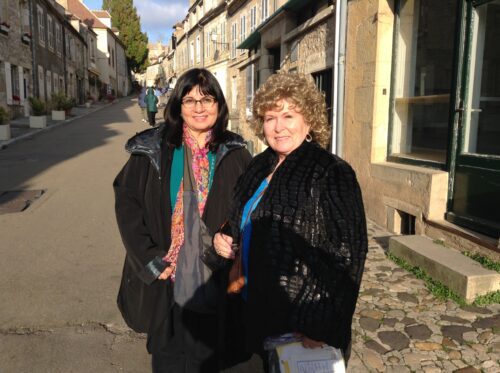
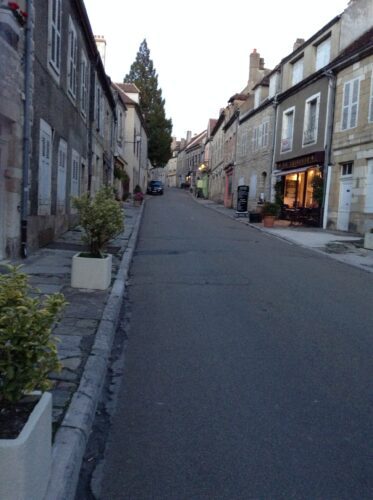
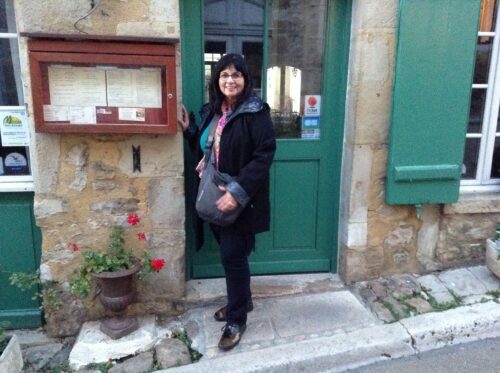
It was mid-October, so the weather this time of year granted us many graces; it was nearly perfect. The village of Vézelay, France made a huge impression because of its isolated beauty and it held the relics of St. Mary Magdalene. As the bus rolled into the picturesque village surrounded by mountains and valleys, I could not help but think that this place stood still, unscathed by anything that had to do with progress. The air felt lighter, and the blooms of early fall filled the air. Had I known the beauty of this village ahead of time, I would have arranged for us to stay in the village, stroll through the ancient stores, and eat at least two meals there. But that was not to be; however I did purchase a nice bottle of wine grown in the Vézelay region. Our mission was to visit the Basilica of Saint-Maximin-la-Sainte-Baume to pray at the relics of St. Mary Magdalene.
Mary Magdalene
Who was this mysterious saint? We know for a fact that she was a disciple of Christ. She was with the Blessed Mother Mary at the foot of the Cross. She never abandoned Jesus on His way to Calvary. Whether she was, or was not, the sister of Martha and Lazarus is still debatable. In the Gospel of (Luke 10:38-42), Martha complains to Jesus about Mary Magdalene not helping her serve the guests. The profound answer that Jesus gave would teach all feminists a lesson on how He treated women. In the times of Jesus, women were second class citizens; they were not even included in the census. Jesus elevated the role of women when He responded to Martha by explaining that, “Mary has chosen the better part and it will not be taken from her.”
Some Bible scholars may disagree that Mary Magdalene was the same woman from whom Jesus expelled seven demons. It’s difficult to contest, but I did find an interesting article on the EWTN website to clear up the matter:
The Relics of Saint Marie-Magdalene at La Sainte Baume
Diocese of Frejus-Toulon, Southern France
The region of Provence was evangelized in the first century by Christians from the East.
Tradition has called them the “Friends of Bethany” or as we know them to be Lazarus, Martha and Mary Magdalene who, it is told, came to the south of France in the following way:
In the year following the execution of St James in Jerusalem, the persecutions were amplified. Lazarus and Martha were thrown into prison and Mary Magdalene, having wanted to visit them, was made prisoner as well along with other members Christian community of Bethany: St Maximin, St Marcelle, St Susan and St. Sidonius.
This is another excerpt from the same article:
December 9, 1279. Charles Salerno, nephew of St. Louis and who became Count of Provence and King of Sicily under the name of Charles II, rediscovered the tomb and the relics of St. Mary Magdalene. They were then also recognized by an assembled Clergy of the Dioceses of Provence. At the opening of the sarcophagus all present testify to a ”wonderful and very sweet smell” and are reminded of the perfume which St Mary Magdalene poured on the head and feet of the Lord before his death.
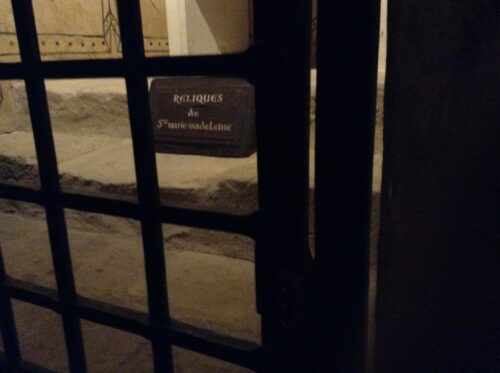
December 18, 1279. Discovery in the marble sarcophagus of a writing on papyrus dated 710 attesting that the bones were those of St. Mary Magdalene in the presence of the Archbishops of Aix and Arles, and many other prelates. The jaw and lower leg bones are missing.
History can, at times, be confusing; but it seems that many scholars agree this Mary was the sister of Martha and Lazarus and was, indeed, Mary Magdalene.
Are You Martha or Mary?
The gifts that are bestowed on us by the Holy Spirit will determine that question. Martha clearly was a servant, this was her gift; however, she failed to recognize that her sister had another calling. As Mary Magdalene sat at the feet of Jesus, she was under the anointing of the greatest teacher on earth. How could anyone choose anything different? With this teaching came great faith that followed her journey to France. In many ways I am a Mary Magdalene because I choose to learn more and more about the teachings of Christ. I love the history of Mary Magdalene and how she was the first to experience the Resurrection of Christ.


